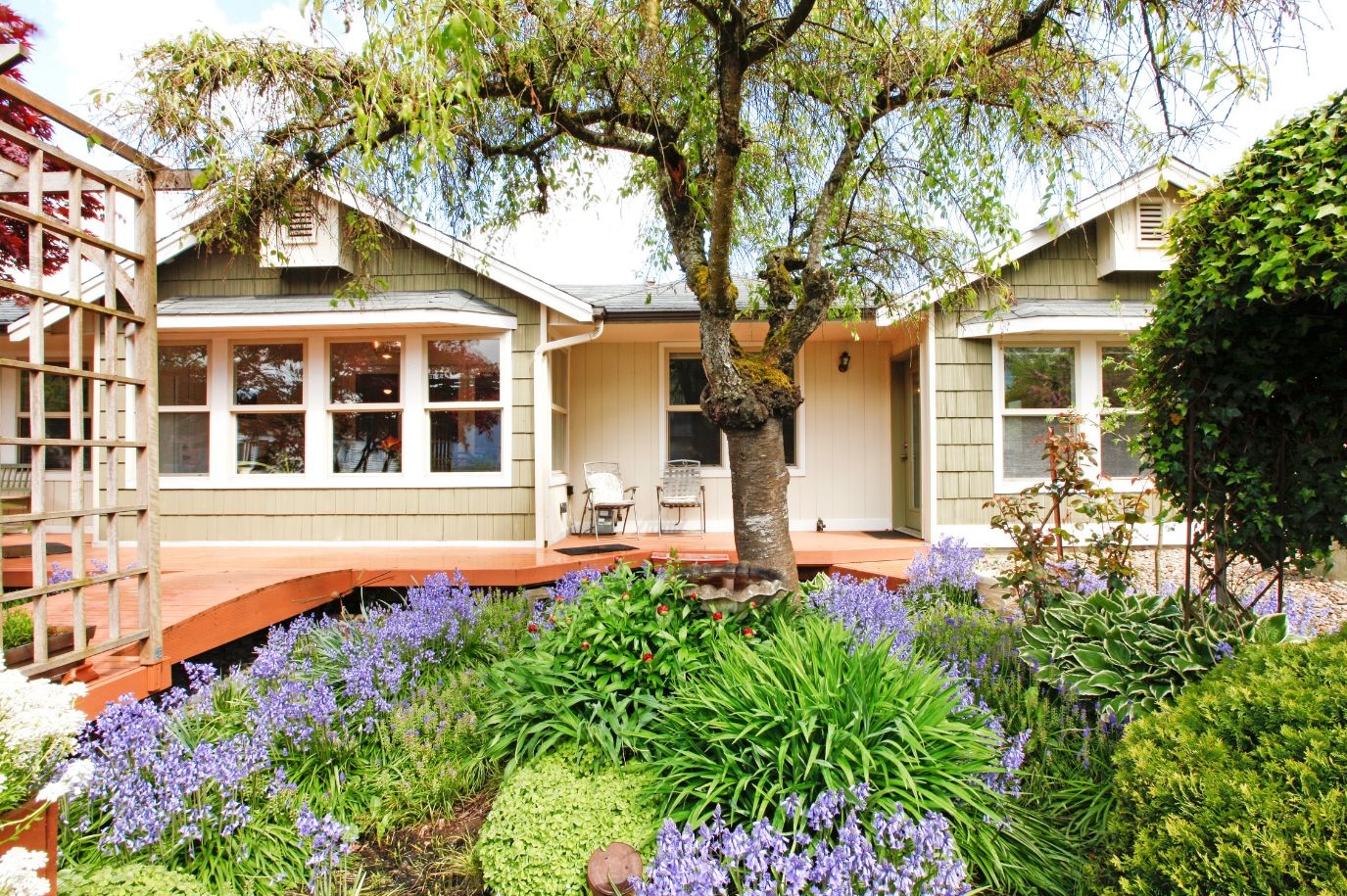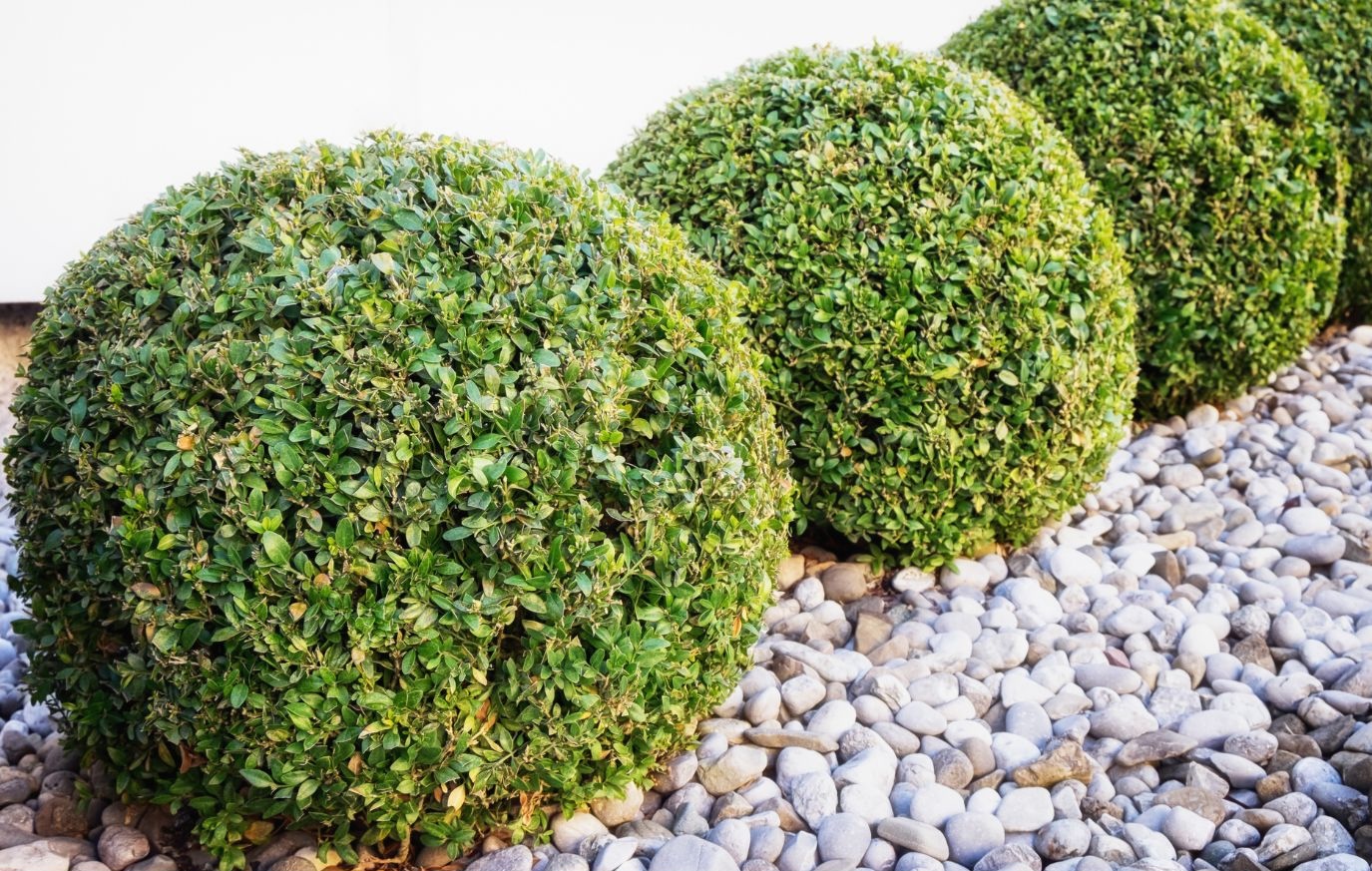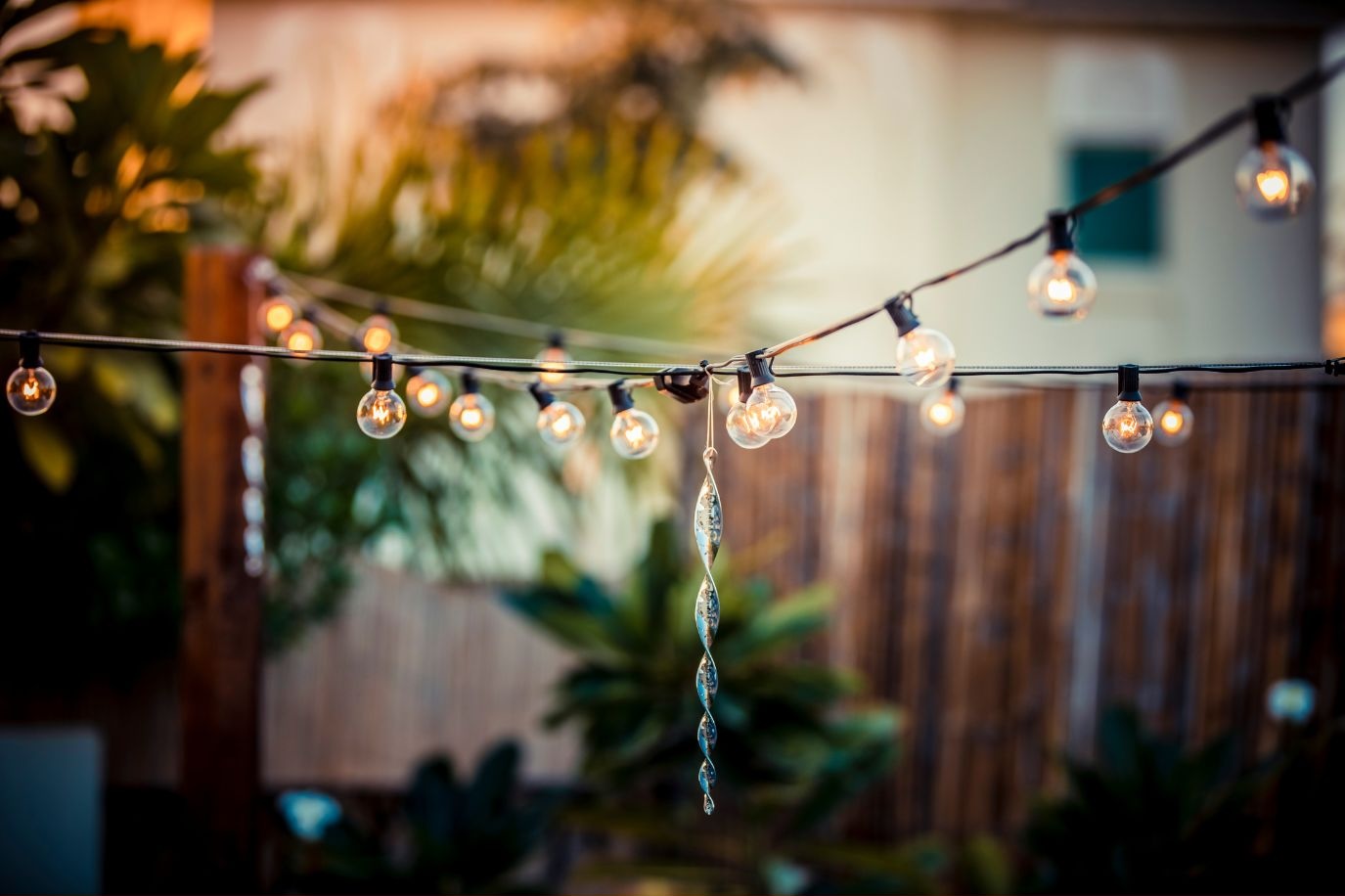When it comes to determining the value of a home, there are several key factors that appraisers consider. These include the lot size, square footage of living space, location, and recent sale prices of comparable homes nearby. However, other elements can significantly impact the appraised value, one of which is landscaping. In this article, we will delve into the importance of landscaping and how it can enhance the value of a property.
Curb Appeal
One of the most evident ways in which landscaping can impact the appraised value of a property is through curb appeal. Curb appeal is the property’s attractiveness as viewed from the street. This includes elements such as a well-manicured lawn, colorful flower beds, and neatly trimmed shrubs. Curb appeal plays a crucial role in the marketability of a home and can influence potential buyers’ perception of the property’s value.

Enhanced Outdoor Usable Living Space
Landscaping goes beyond just enhancing the visual appeal of a property; it can also extend the usable living space outdoors. By incorporating features such as patios, porches, pergolas, fire pits, and even pools and pool decks, homeowners can create additional areas for relaxation and entertainment. These outdoor amenities not only enhance the lifestyle of the residents but also increase the overall value of the property.

Intrinsic Privacy and Security
Another valuable aspect of landscaping is the privacy and security it can provide to a property. Strategically placed trees and shrubs can create natural barriers that shield the home from neighboring properties and the street. This sense of privacy is a sought-after feature for many homeowners and can significantly add to the perceived value of the property. Additionally, well-designed landscaping can also enhance the security of a home by deterring intruders and enhancing visibility from the inside.
Energy Efficiency
Landscaping alongside aesthetic and functional benefits can also contribute to the energy efficiency of a home. Trees and shrubs strategically planted around the property can provide shade during hot summer months, reducing the need for air conditioning. Likewise, they can act as windbreaks during colder seasons, helping to lower heating costs. The long-term savings on energy bills not only make the home more sustainable but also increase its overall value in the eyes of potential buyers.
Landscaping plays a significant role in determining the appraised value of a property. Beyond just enhancing the visual appeal of a home, landscaping offers a multitude of benefits that can positively impact its overall worth. From increasing curb appeal to providing additional usable living space, improving privacy and security, and boosting energy efficiency, landscaping is a worthwhile investment for homeowners looking to maximize the value of their property. So, the next time you consider home improvements, don’t underestimate the power of a well-designed landscape in increasing your home’s appraised value.





